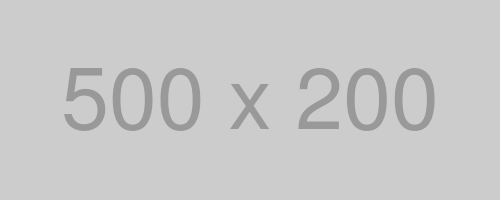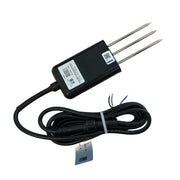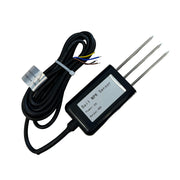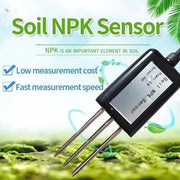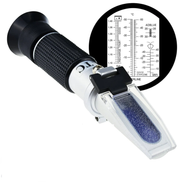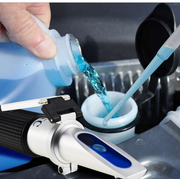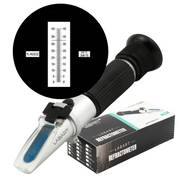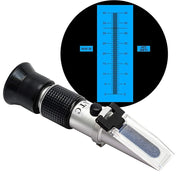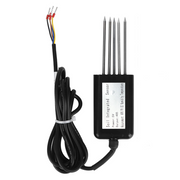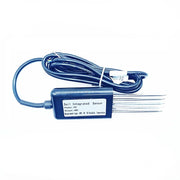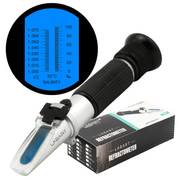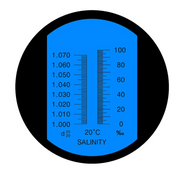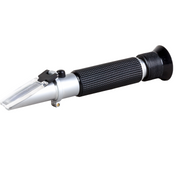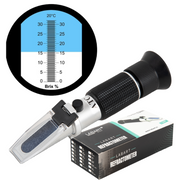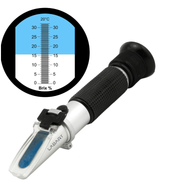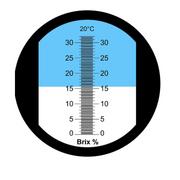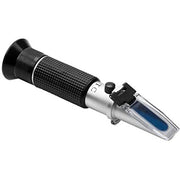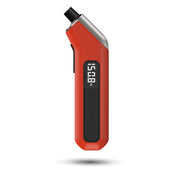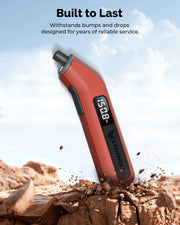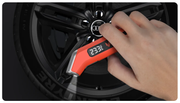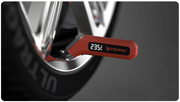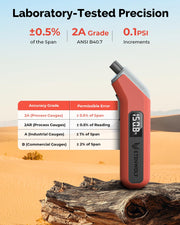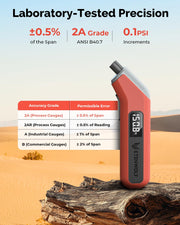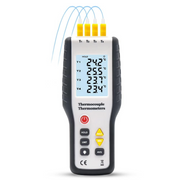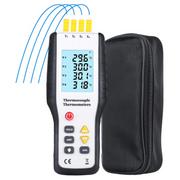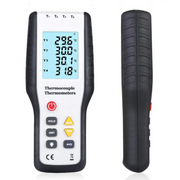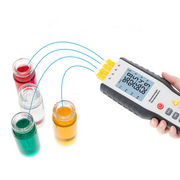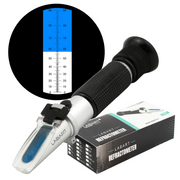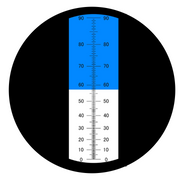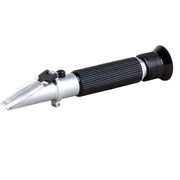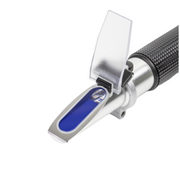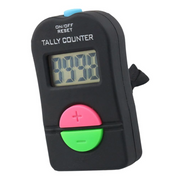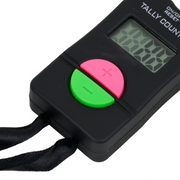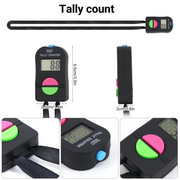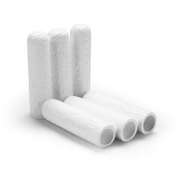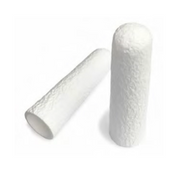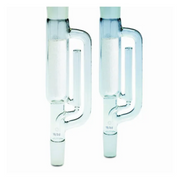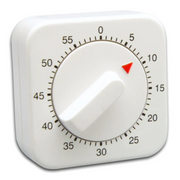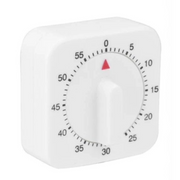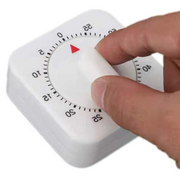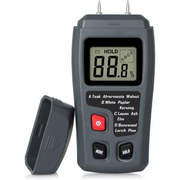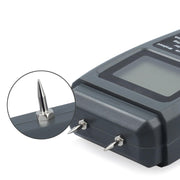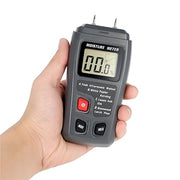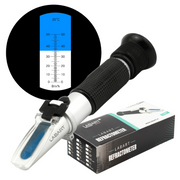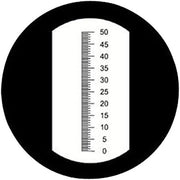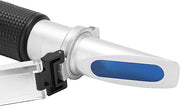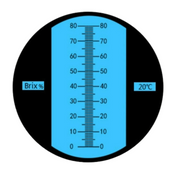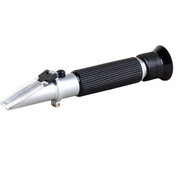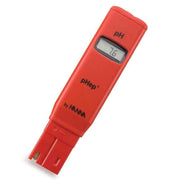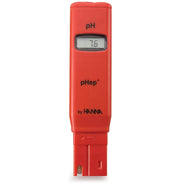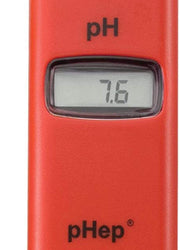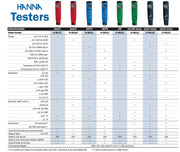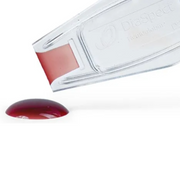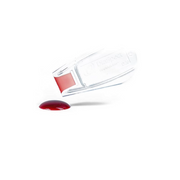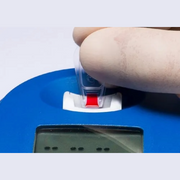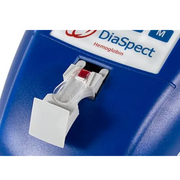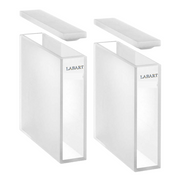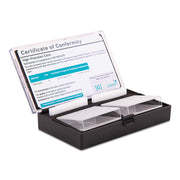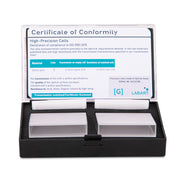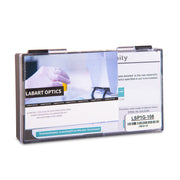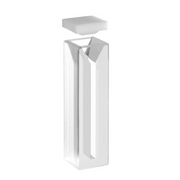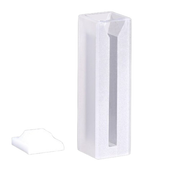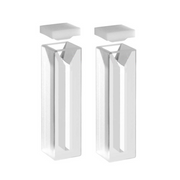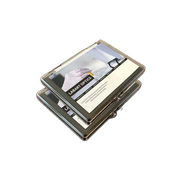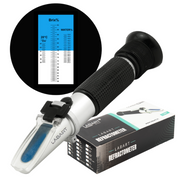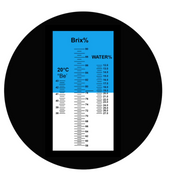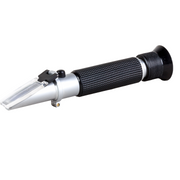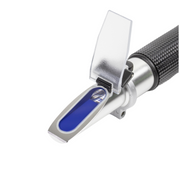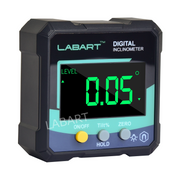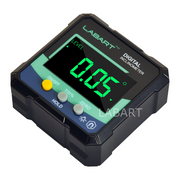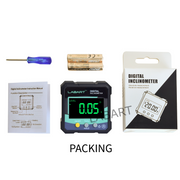Introduction:
In the realm of analytical chemistry, spectrophotometry stands as a cornerstone, facilitating precise measurements and enabling groundbreaking research. At the heart of this technique lies a seemingly unassuming yet crucial component—the spectrophotometer cuvette. In this blog, we embark on a journey to dissect the anatomy of a spectrophotometer cuvette, uncovering the essential components and understanding how they contribute to the accuracy and reliability of your experimental results.
The Outer Shell: Material Matters
The first layer of the cuvette, often overlooked, is the outer shell. Spectrophotometer cuvettes can be crafted from various materials, each with its own set of properties and implications for experimentation.
Quartz, Optical glass, IR Quartz and various types of plastics are commonly used. We explore the advantages and considerations of each material, shedding light on how the outer shell influences the cuvette's overall performance.
Quartz: A Crystal Clear Contender
Advantages:
- Exceptional transparency across a wide spectrum.
- High resistance to chemical corrosion, ensuring material stability.
- Low background absorbance, ideal for sensitive measurements.
Considerations:
- Higher cost compared to other materials.
- Susceptible to breakage if mishandled.
Optical Glass: Balancing Clarity and Affordability
Advantages:
- Good optical properties, providing clarity for visible light measurements.
- More affordable than quartz, making it a cost-effective option.
- Resistant to scratching, enhancing durability.
Considerations:
- May have limitations in the UV or IR ranges.
- Moderate chemical resistance compared to quartz.
IR Quartz: Penetrating the Infrared Spectrum
Advantages:
- Specifically designed for infrared applications.
- Maintains stability and transparency in the IR range.
- Resistant to thermal shock.
Considerations:
- Limited use for applications beyond the infrared spectrum.
- Higher cost compared to standard quartz or glass.
Plastics: Versatility and Cost-Effectiveness
Advantages:
- Diverse options, including acrylic, polystyrene, and polycarbonate.
- Cost-effective, allowing for disposable or single-use cuvettes.
- Lightweight and less prone to breakage.
Considerations:
- Susceptible to scratching, requiring careful handling.
- Some plastics may have limitations in terms of chemical resistance.
Optical Windows: Transparent Pathways to Precision
The optical windows of a cuvette play a pivotal role in transmitting light through the sample. Understanding the construction and quality of these windows is essential for accurate measurements.
Clarity: The Window to Unobstructed Insights
Importance:
- Unambiguous clarity is paramount for unhindered light transmission.
- Transparent windows minimize light scattering, preserving the integrity of measurements.
- Clarity directly influences the signal-to-noise ratio, crucial for accurate readings.
Considerations:
- Scratches, defects, or impurities can compromise clarity.
- Regular inspection and cleaning are imperative to maintain optimal transparency.
Thickness: Striking the Balance for Accuracy
Importance:
- Window thickness influences the path length of light through the sample.
- Accurate measurements depend on a precise balance of thickness for optimal absorbance.
- Variations in thickness can introduce errors in concentration calculations.
Considerations:
- Different experiments may require specific path lengths; choose cuvettes accordingly.
- Thicker windows provide greater durability but may limit sensitivity.
Smoothness: Navigating a Frictionless Path
Importance:
- Smooth surfaces reduce light distortion and interference, ensuring reliable results.
- Rough or uneven surfaces can scatter light, leading to inaccuracies in readings.
- Smooth windows contribute to a consistent optical path, vital for reproducibility.
Considerations:
- Careful handling and cleaning are essential to prevent scratches or abrasions.
- Choosing cuvettes with polished surfaces enhances smoothness.
The Cuvette Body: Dimensions and Path Length
Beyond the exterior, the cuvette body holds the sample and defines the path length through which light travels. We explore the significance of cuvette dimensions and path length in relation to absorbance measurements. Learn how choosing the right cuvette size and path length can optimize sensitivity and ensure your experiment's success.
Cuvette Dimensions: A Matter of Containment
Importance:
- Cuvette dimensions determine the volume of the sample, impacting concentration calculations.
- The cuvette must accommodate a sufficient volume for meaningful readings without excessive waste.
- Compatibility with spectrophotometer holders and accessories is essential for seamless integration.
Considerations:
- Choose cuvettes with dimensions suited to the sample volume and experimental requirements.
- Verify compatibility with your spectrophotometer model to ensure a proper fit.
Path Length: Illuminating the Journey
Importance:
- Path length directly influences the absorbance of light by the sample.
- Longer path lengths enhance sensitivity, enabling detection of lower concentrations.
- Shorter path lengths are suitable for concentrated samples, providing a broader dynamic range.
Considerations:
- Tailor path length to the expected concentration range of your sample.
- Balance sensitivity with practical considerations, as longer path lengths may reduce light intensity.
Base and Lid: Ensuring a Secure Environment
The base and lid of a spectrophotometer cuvette are often overlooked, yet they contribute to the overall integrity of the measurement environment. We discuss the role of these components in providing a stable and secure platform for the sample, preventing contamination, and maintaining a consistent optical path.
Stability in the Foundation: The Cuvette Base
Role:
- Acts as the cornerstone, ensuring the cuvette stands securely within the spectrophotometer.
- Facilitates consistent positioning for reliable measurements.
- Serves as a stable support, minimizing the risk of spillage or disturbance during experimentation.
Considerations:
- Base material should be robust, resistant to chemical corrosion, and compatible with the spectrophotometer holder.
- Ensure that the cuvette base aligns with the specifications of your spectrophotometer model.
Guarding Against Contamination: The Cuvette Lid
Role:
- Forms a protective barrier, shielding the sample from external contaminants.
- Prevents evaporation of volatile samples, maintaining accurate concentration measurements.
- Enhances the stability of the optical path by minimizing air interference.
Considerations:
- Cuvette lids may come in various forms, including stoppers and screw caps, providing different levels of sealing.
- Choose lids that create a secure seal without distorting the cuvette body.
- Verify compatibility with automated systems for streamlined experimental workflows.
Stopper and Screw Cap Variants: Tailoring Protection
Diversity:
- Stopper lids offer a plug-style closure, providing an effective seal against contamination.
- Screw caps provide a threaded closure, ensuring a secure and airtight environment for sensitive samples.
Considerations:
- Select the lid variant based on the specific needs of your experiment and the characteristics of your sample.
- Check for the ease of handling and sealing integrity when using stoppers or screw caps.
Quality Control: Assessing Cuvette Integrity
Ensuring the reliability of your spectrophotometric measurements involves rigorous quality control. We will provide insights into common quality control checks for cuvettes, including assessing for scratches, defects, and irregularities. Discover how proactive quality control measures can enhance the consistency and accuracy of your experimental outcomes.
Scrutinizing for Scratches: A Window into Clarity
Importance:
- Scratches on cuvette windows can compromise transparency, leading to light scattering and inaccuracies.
- Regular inspection ensures that scratches are identified and addressed promptly.
Quality Check Protocol:
- Conduct visual inspections under proper lighting conditions.
- Use a lint-free, soft cloth to wipe cuvette surfaces gently.
- Discard cuvettes with significant or deep scratches to maintain optimal clarity.
Identifying Defects: A Quest for Unblemished Surfaces
Importance:
- Defects, such as chips or imperfections, can distort light transmission and affect readings.
- Early detection of defects prevents their escalation and potential impact on experimental outcomes.
Quality Check Protocol:
- Examine cuvette surfaces for any irregularities using a light source.
- Employ magnification tools, such as a microscope, for detailed inspections.
- Discard cuvettes with noticeable defects, ensuring only pristine surfaces are utilized.
Unraveling Irregularities: A Symmetry of Form
Importance:
- Irregularities in cuvette shape or structure may impact the consistency of optical paths.
- Maintaining uniformity in cuvette dimensions is crucial for accurate and reproducible measurements.
Quality Check Protocol:
- Measure cuvette dimensions to ensure consistency.
- Implement periodic checks during experimental setups to identify irregularities.
- Employ calibration standards to verify cuvette dimensions against known values.
Proactive Quality Control Measures: Elevating Experimental Consistency
Strategies:
- Establish a systematic schedule for cuvette inspections, integrating it into laboratory protocols.
- Train laboratory staff on proper handling, cleaning, and inspection procedures.
- Implement a record-keeping system to track the history of each cuvette, noting any deviations or issues.
Considerations:
- Regularly calibrate spectrophotometers to ensure accurate readings.
- Periodically compare cuvette readings against reference standards to verify performance.
- Collaborate with cuvette manufacturers to stay informed about recommended quality control practices.
At LABART, we pride ourselves on offering cuvettes of the highest standards to meet your diverse laboratory needs. Whether you require a specific standard size or seek expert guidance, our dedicated team is ready to assist you.

